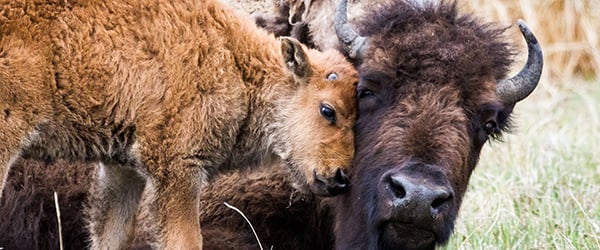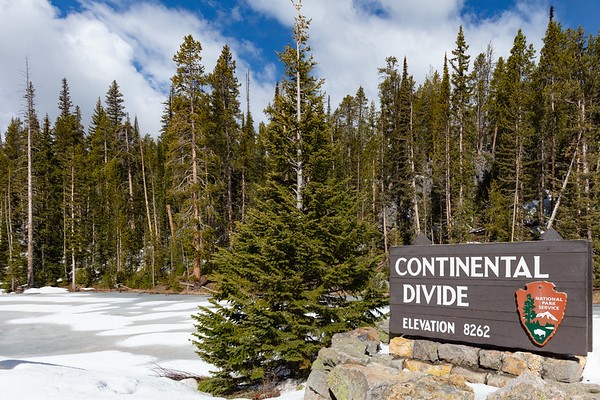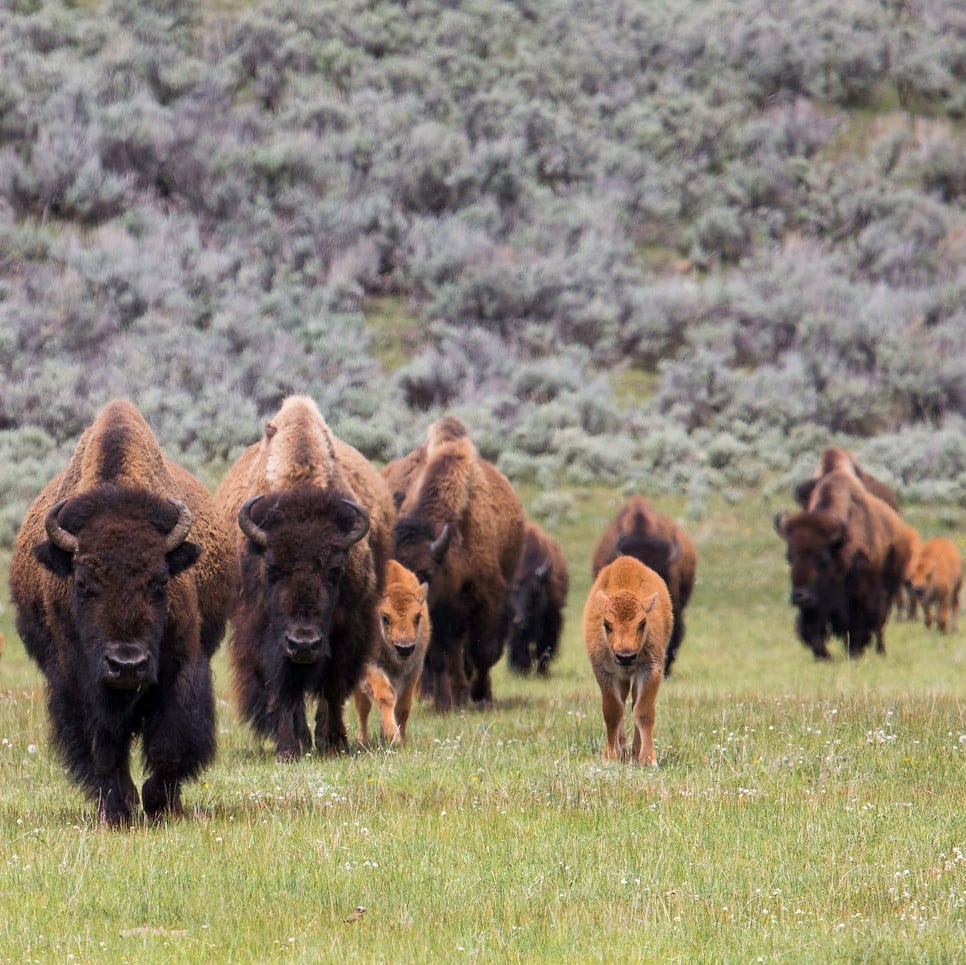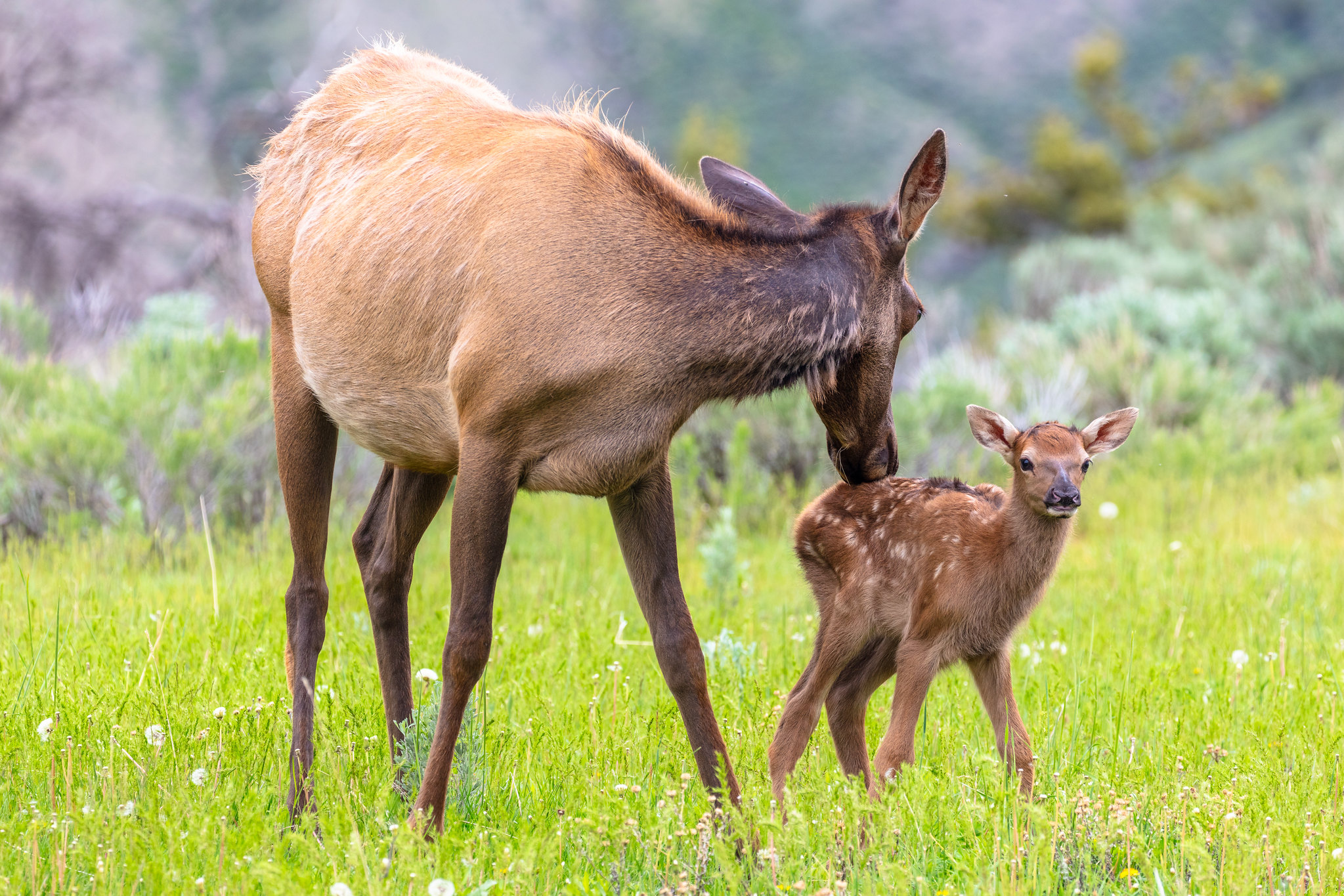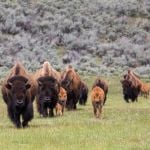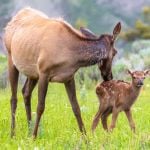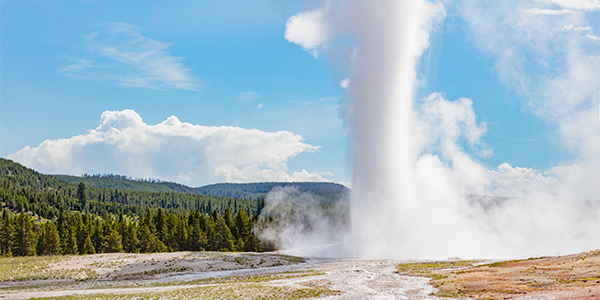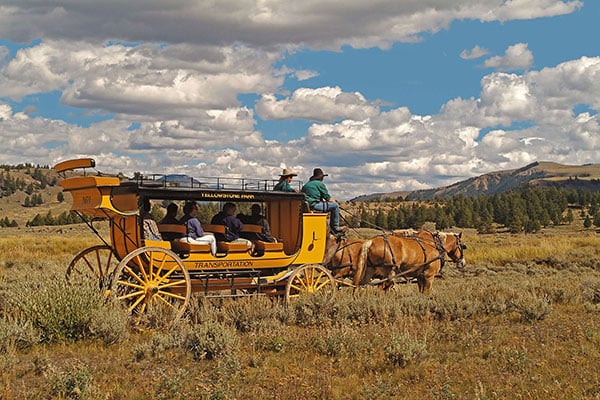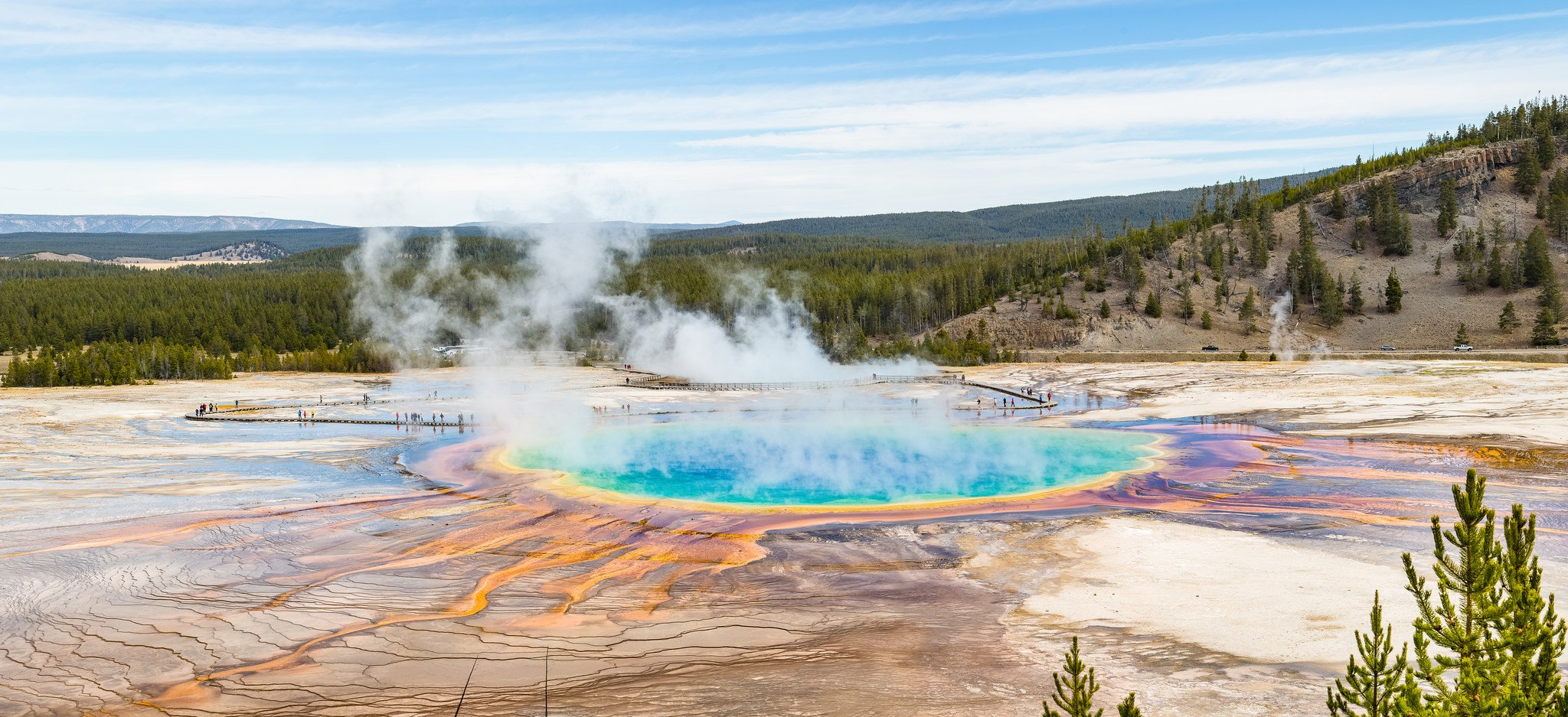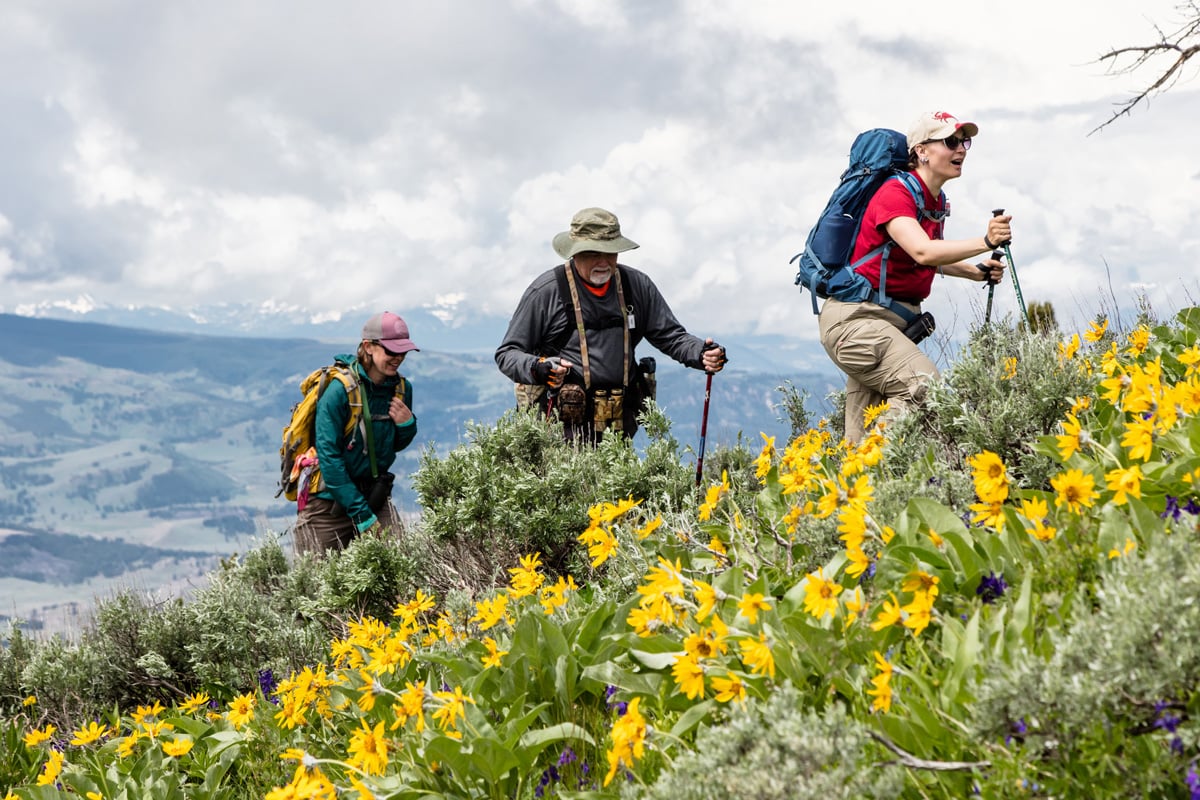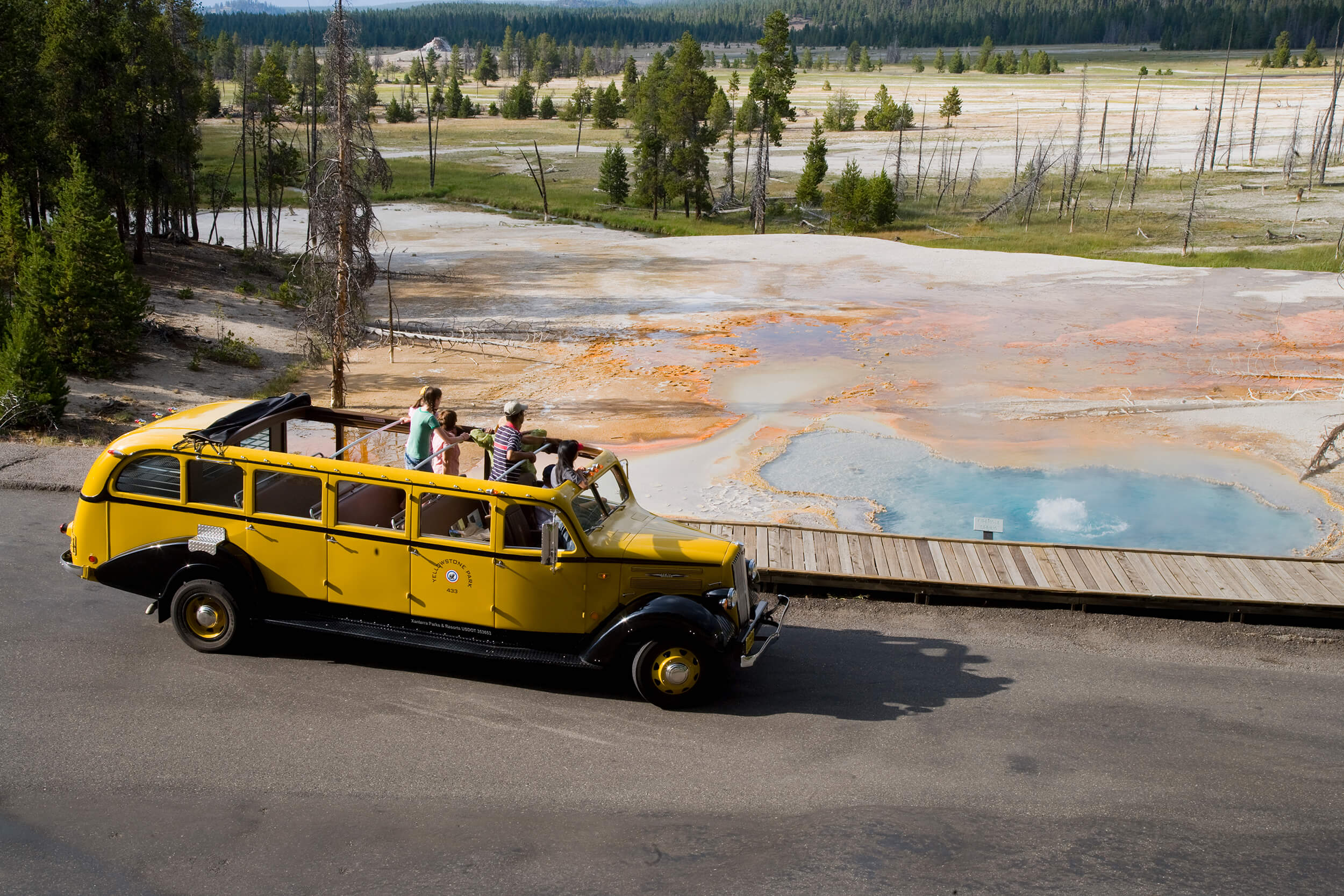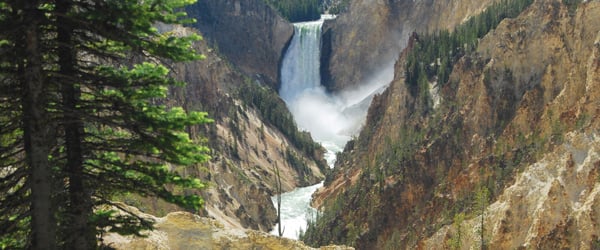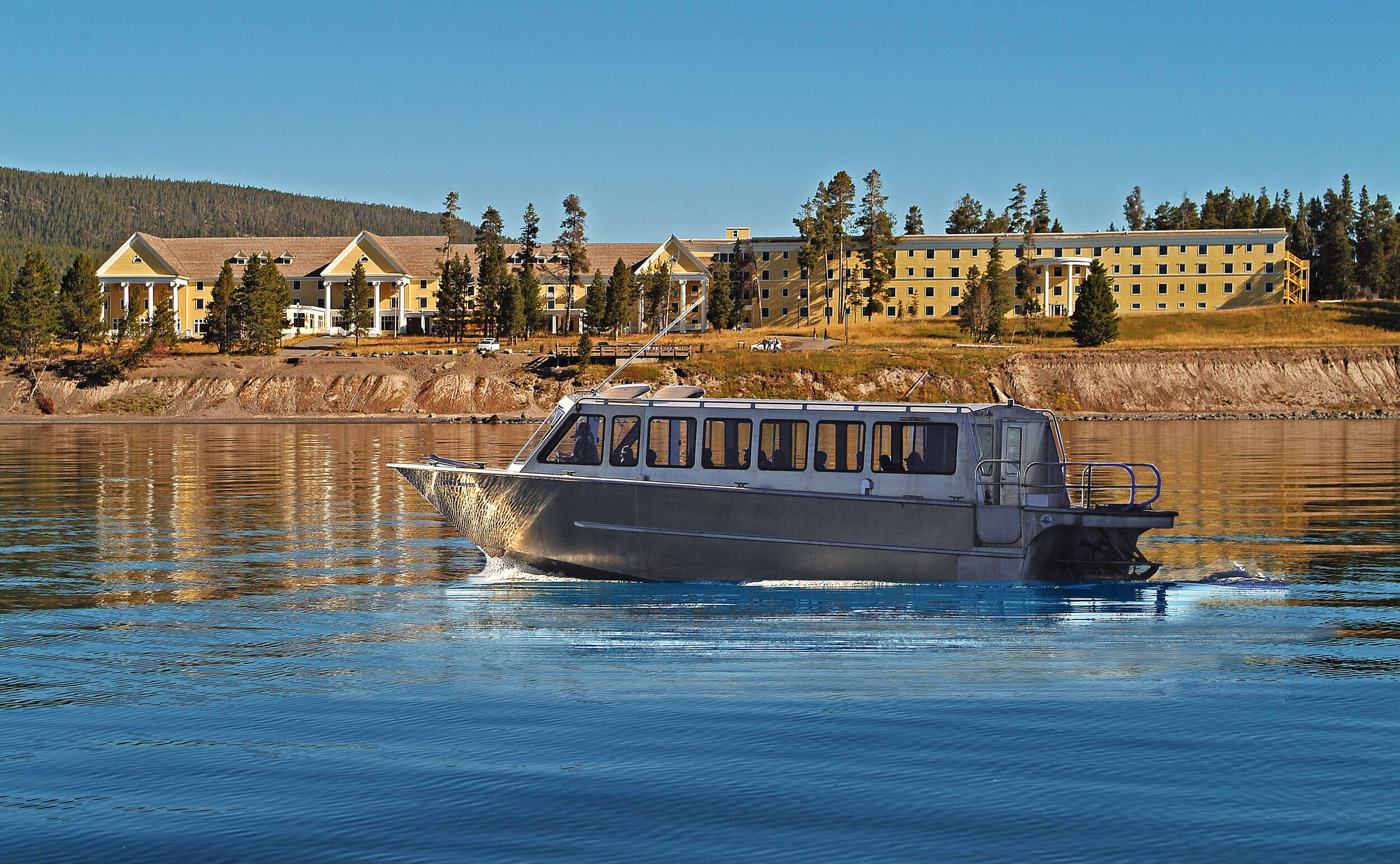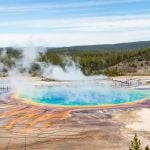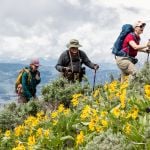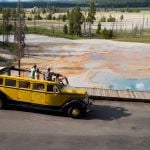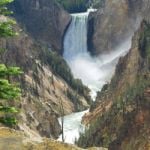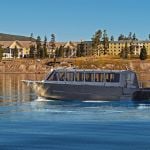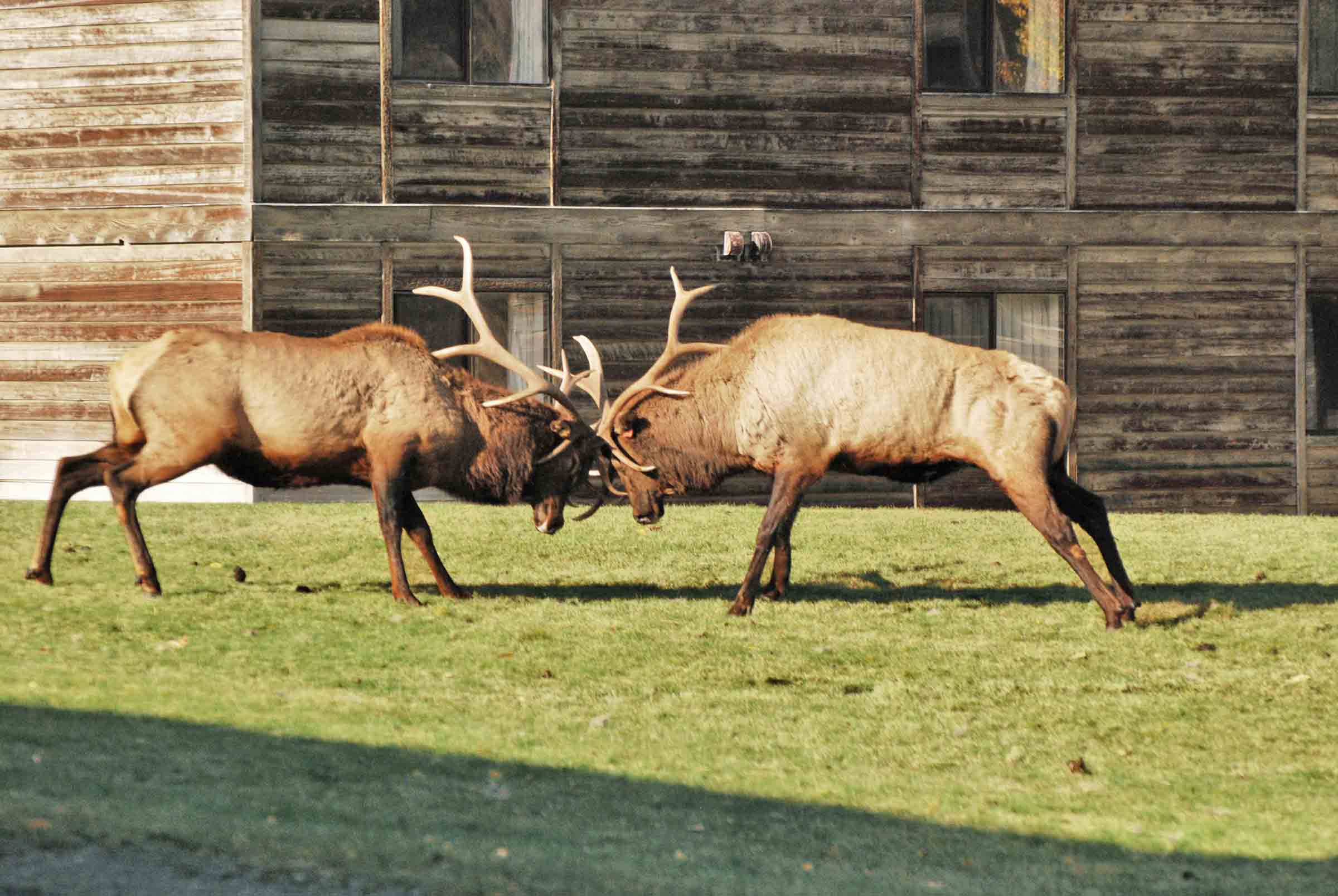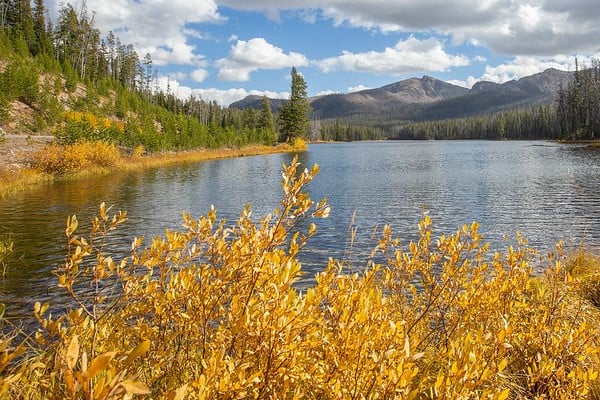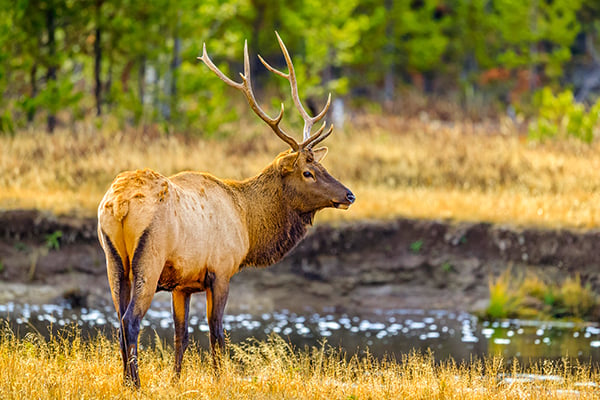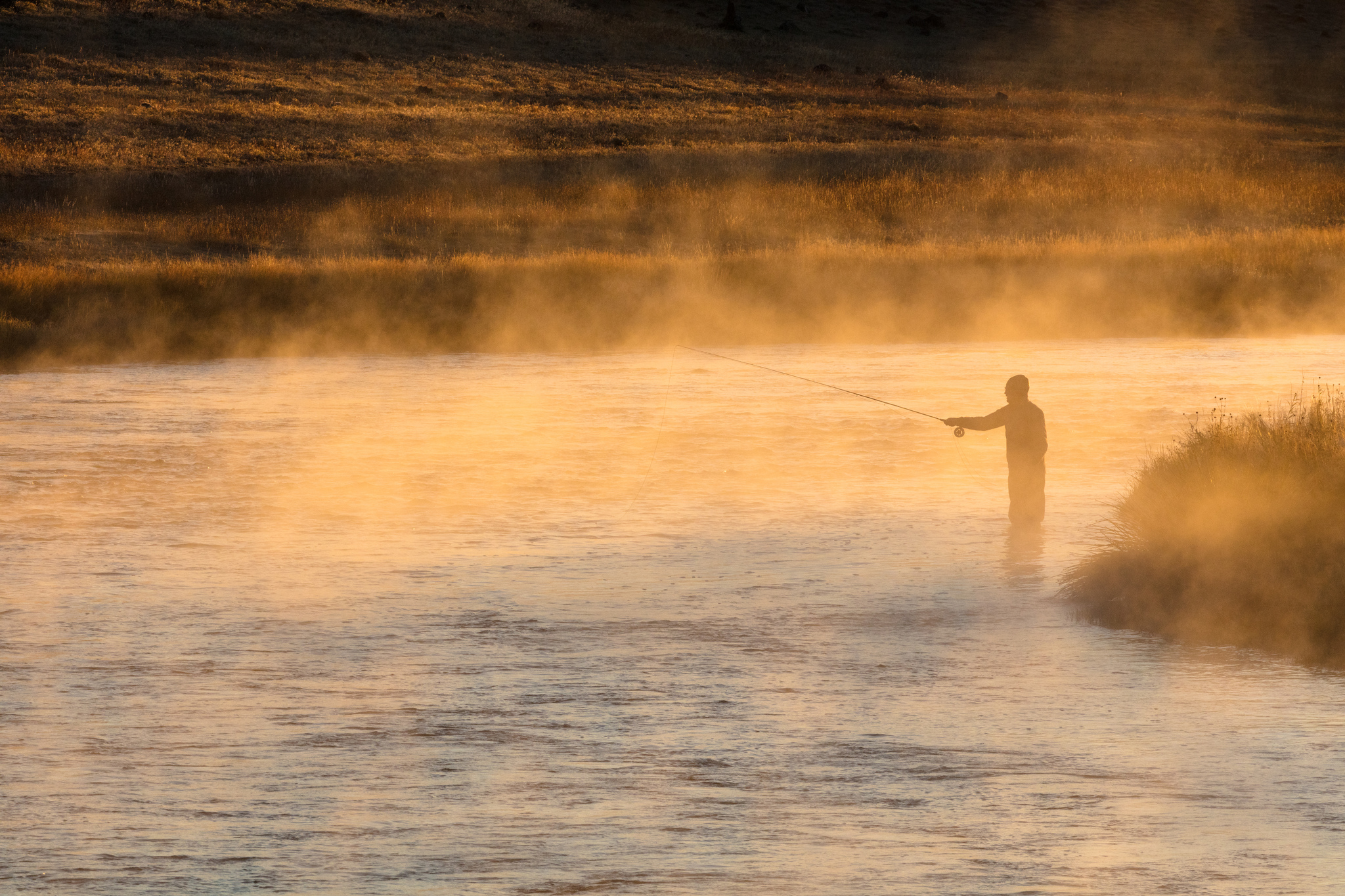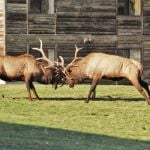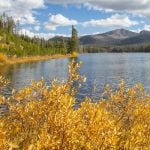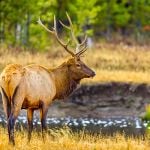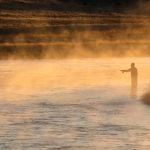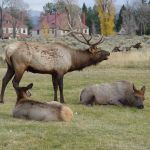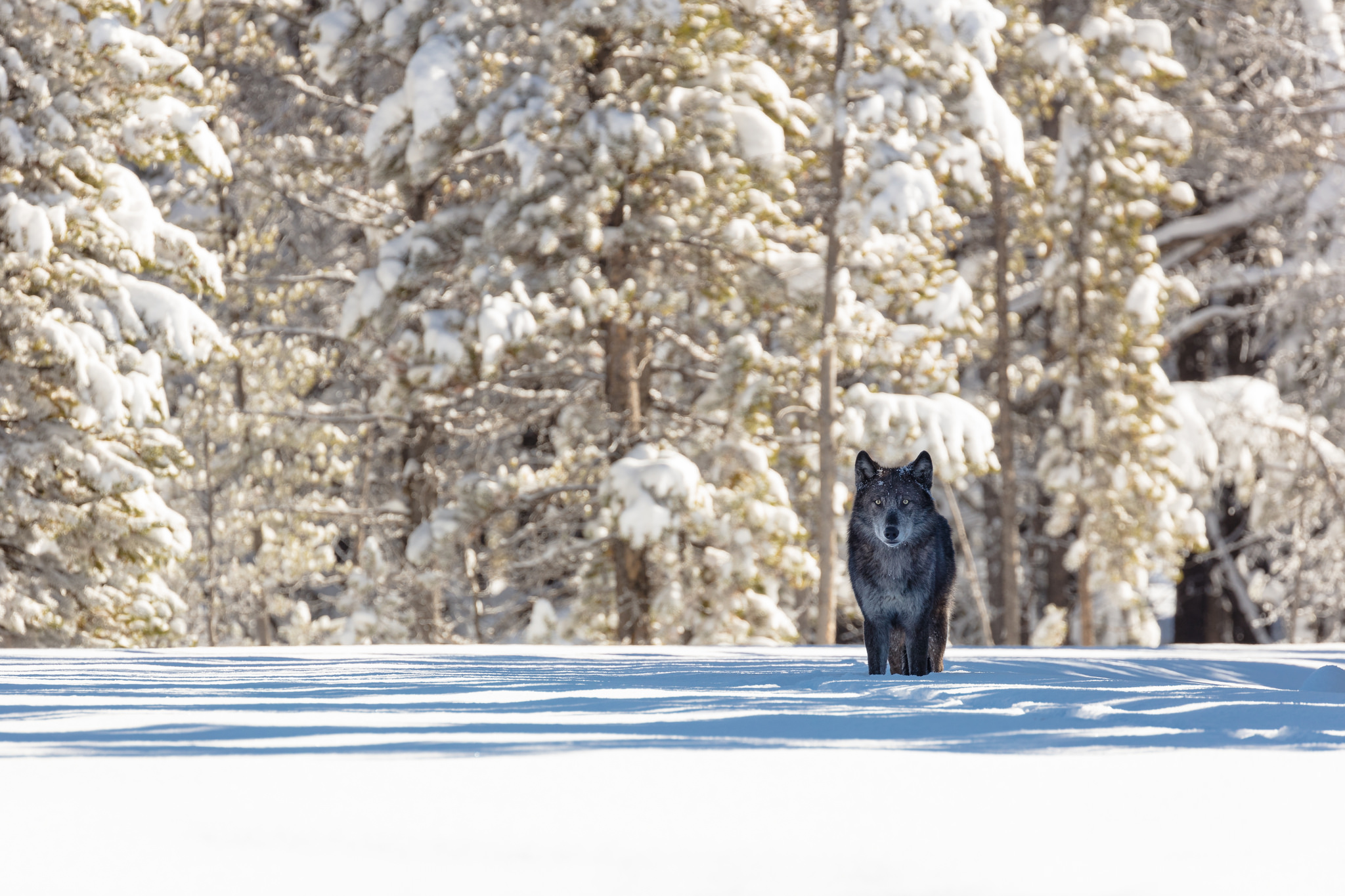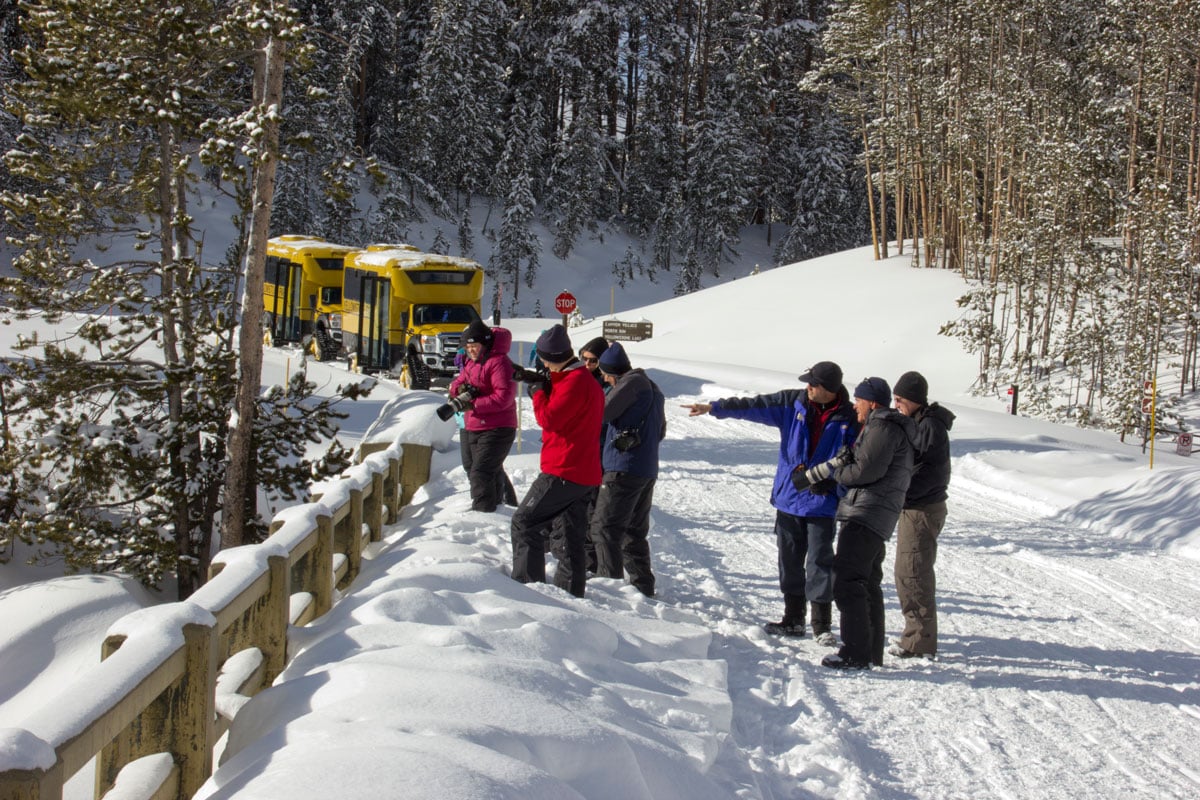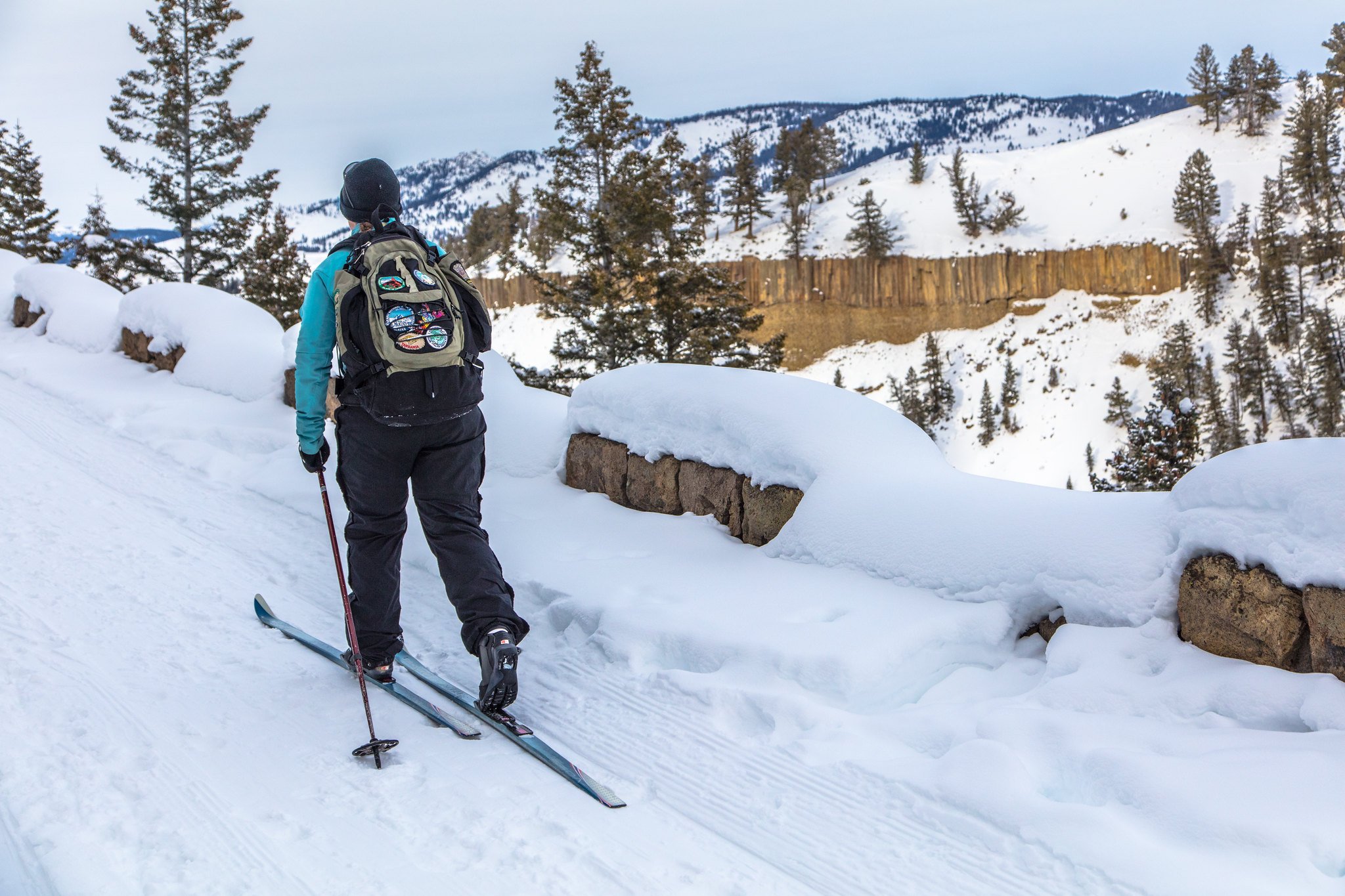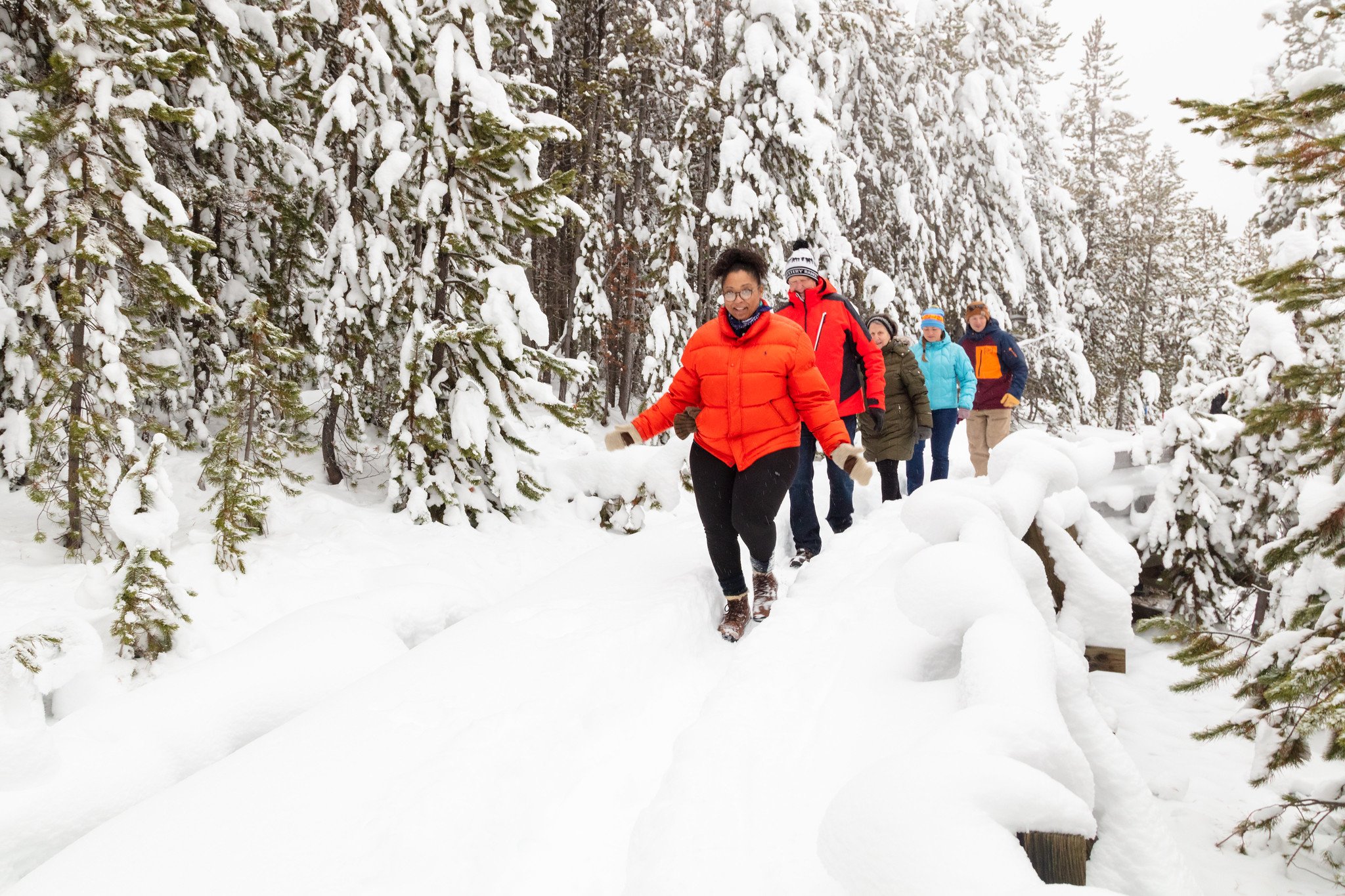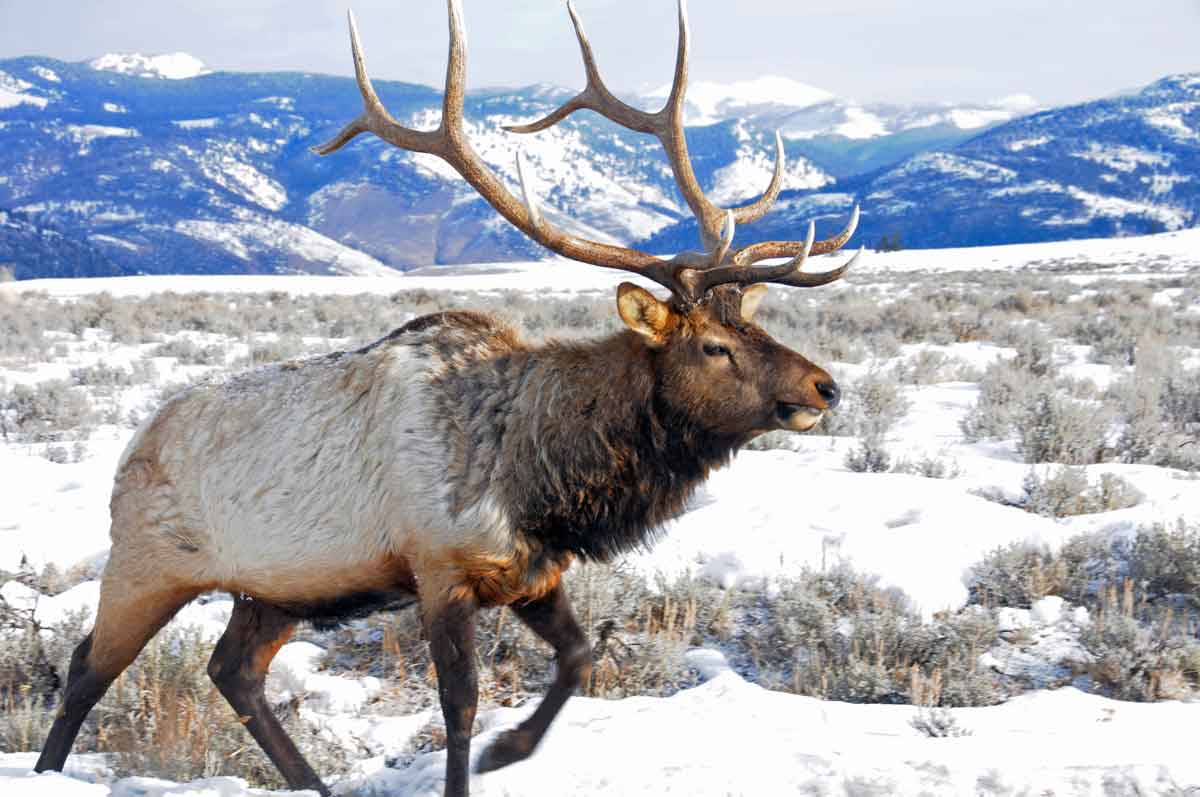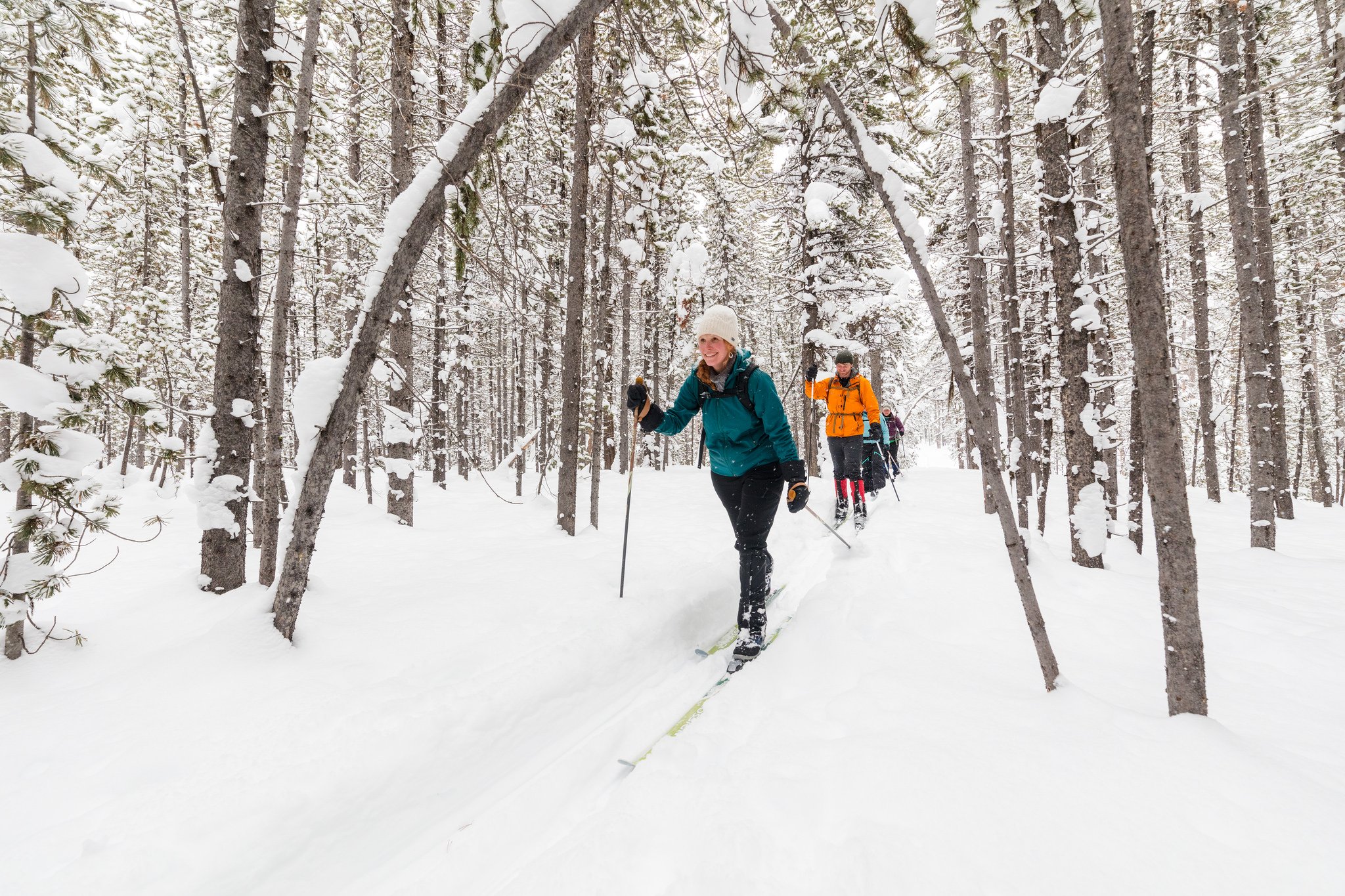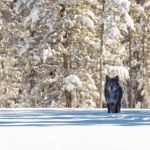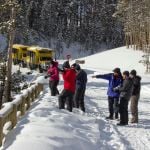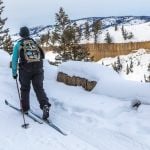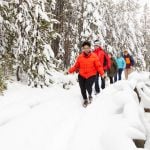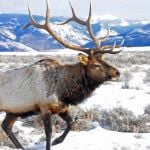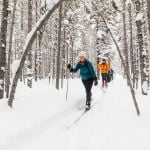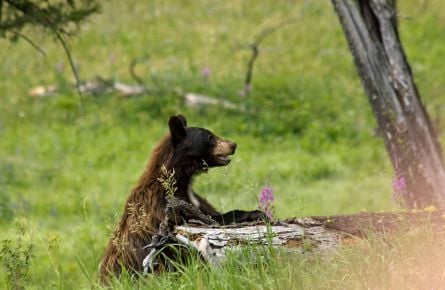Guide to the Seasons in Yellowstone
Four Seasons in Yellowstone
How to Enjoy Yellowstone National Park All Year Round
A spectacular wilderness full of surreal hydrothermal features makes Yellowstone National Park home to stunning natural wonders that change with the seasons. This means there is no “best” time to visit Yellowstone because it depends on what you want to see and do during your visit. The park offers new sights and extraordinary surprises depending on the time of year. Seasons may come and go in Yellowstone, but the magic stays all year.
SPRING
April to May
Yellowstone’s shortest season is full of activity. Winter thaws, the landscape greens, roads start opening, bears, bison, elk, wolves, and other large mammals are more active. We welcome Yellowstone’s newest inhabitants, the newborns! The park may be warming up, but the weather isn’t. It can still bring some wintery moments. But there are fewer visitors, the park is quiet and there is much to see.
Nature Highlights: Babies! First the beautiful red bison calves, then elk, moose, and pronghorn babies are born. Mother bears with cubs emerge from their dens.
Activities: Spring is perfect for hiking and backpacking at lower elevations though it’s always best to check at the local visitor center for the latest trail conditions. Skiing and snowshoeing at higher elevations may be options as well. Watching baby wildlife never gets old. In mid-April there is a short window where you can bike on park roads that are still closed to public vehicle traffic, and regular guided tours begin in May.
Services:
April: Very limited, roads closed until the middle of April.
May: Almost full services and all roads open by Memorial Day weekend.
SUMMER
June to August
The days between Memorial Day and Labor Day weekends are the busiest, and with good reason. School is out, the park is exceptionally beautiful, it’s full of life, and the weather is warm. Yellowstone really shines. Discover classic park experiences such as Old Faithful geyser, Yellowstone Lake, and the Grand Canyon of the Yellowstone River. Enjoy the park’s full slate of roaming wildlife, varied landscapes, and famous geothermal features. Explore on foot, in a car, by boat, or on horseback.
Nature Highlights: The wildflowers are in full bloom, songbirds are in full song, and waterfalls are flowing at full volume. Wildlife watching is at its prime, especially the bison rut (mating) in August.
Activities: You name it, you can do it. Enjoy boating, camping, fishing on the park’s lakes and rivers, hiking and backpacking, ranger-led programs, guided trips, horseback riding, guided touring, and more.
Services: Full services and all roads open.
FALL
September to November
Fall in Yellowstone is spectacular. As summer fades and the sunlight starts to wane, there’s an enchanting shift in the park. Evening temperatures drop, and daytime temps can range from the 50’s to a very pleasant mid-70’s. Once October rolls around, visitation begins to drop. Leaves and grasses turn dramatic yellows and oranges, and the captivating golden hues really stand out against the deep evergreen backdrop of the forests. Thanks to the cooler temperatures, steaming thermal features become even more dramatic. And the haunting sound of the bull elk’s bugle during the fall rut (or mating) is something to hear.
Nature Highlights: Yellowstone wildlife prepares for winter. Bears are actively feeding to fatten up for winter, and elk rut (mate) in September. The skies made even bluer by colder, dryer temperatures, embrace snow-dusted mountain tops. Birds begin migrating. Snow begins to accumulate in higher elevations by November.
Activities: Take advantage of camping until the campgrounds close. This can be prime photography time, as evidenced by the abundance of long lenses. Hiking and backpacking are always a great way to explore the park or try a guided tour or ranger-led program. There’s still time to catch the big one on a fly. Park roads south of Mammoth close on November 1.
Services:
September: Campgrounds, lodges, and dining start closing, roads are still open.
October: Services become more limited. Tours stop, and roads begin to close.
November: Limited, all roads close (except Mammoth to NE Entrance)
WINTER
December to March
Yellowstone is a winter wonderland in the park’s quiet season. When the park is blanketed in snow, it’s also covered in magic. An already ethereal landscape becomes even more dramatic and enchanting. Services are limited to two hotels, Mammoth Hotel and Old Faithful Snow Lodge, but your discoveries will be endless. Steaming geysers, snowy basins, and frozen waterfalls, rime ice, and steam inversions formed from frozen rising mists. Spot elk, bison, and wolves easily against the snowy backdrop. See Yellowstone the way few others do for an intimate, almost other-worldly experience.
Nature Highlights: Winter is the best time for wolf-watching. Take a tour or drive yourself to Lamar Valley to see bison, elk, and wolves in their winter habitat. Delight in glistening new snow (often perforated with snowshoe hare or elk tracks), dramatic fog and ghost trees in the geyser basins, and the bizarre phenomenon of sun dogs. Spot trumpeter swans on rivers with open water.
Activities: When the snow falls, there’s plenty to do. Cross-country ski past geysers or snowshoe through the quiet forest, take a guided snowcoach tour, have a cozy overnight at Old Faithful Snow Lodge or Mammoth Hot Springs Hotel, and ice skate on the lodge rink with stops to get warm by the bonfire.
Services: Lodging and dining is available at each hotel. Winter travel is restricted to over-snow vehicles (snowcoaches and snowmobiles) to access the park interior and the Old Faithful area. Warming huts are strategically placed along the interior roadways. Ski shops are located at Old Faithful and Mammoth as well.
Book your Yellowstone adventure here or call 307-344-7311.
For more travel experiences to Beautiful Places on Earth™ available from Xanterra Travel Collection® and its affiliated properties, visit Xanterra.com.
Want to experience Yellowstone in depth? See what makes Yellowstone National Park a great place to work for a season or longer!
Explore Seasonal Packages
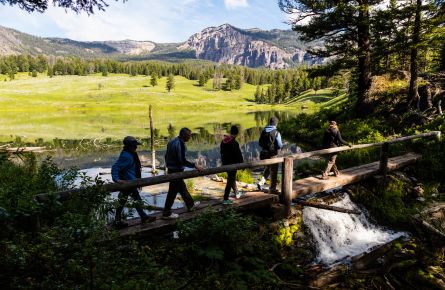
Trails Through Yellowstone
Lace up your hiking boots and sling on your daypack for four days of hiking, wildlife viewing, and discovery in the world’s first national park.
Learn More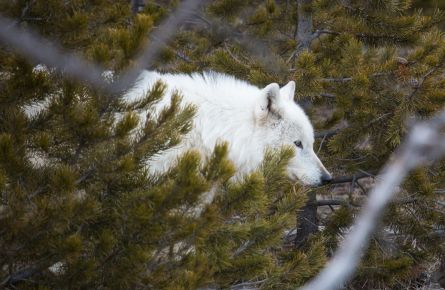
Fall Wolf & Elk Discovery
The elk mating season, or rut, spans late summer and fall where we’ll take plenty of time to enjoy and discuss the dramatic displays of mating bulls.
Learn More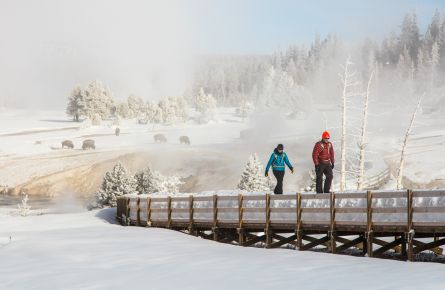
Old Faithful Winter Expedition
Venture into the heart of Yellowstone on a journey through the park’s winter wilderness.
Learn More